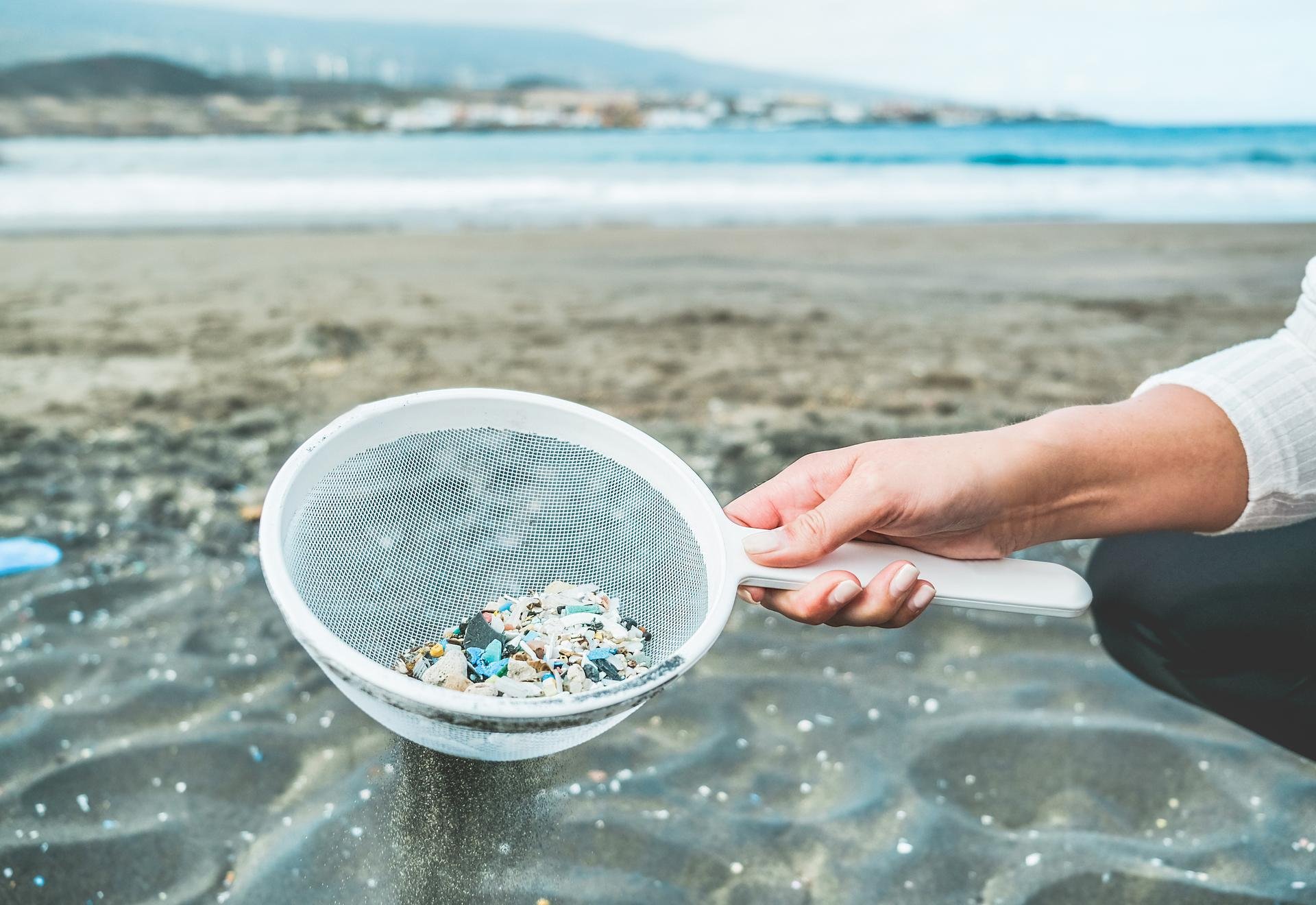- Textiles with organic certificates
- Cheap ecologic energy
- Types of plastic
- Gardens of the Senses
- Green stops
- Houses for insects
- Anti-smog pavement
- Solar panels
- Ecological clothes
- Energy-efficient buildings
- Composter
- 10 ideas for green life
- Rain gardens
- Solar house
- Recycling of clothes
- Organic food
- Eco plates and cutlery
- Eco cleaning the house
- Organic milk
- Ecological cooking
- Carpooling
- Green walls
- Microplastic
- Saving water
- Ecological certificates
- Mobile eko apps
- Eco straws
- Ecological bags
- Being Eco
- Urban apiary
- Xeriscaping
- Green roofs
- Green architecture
- Hortitherapy
- Overheated city
- Open composters
- Smart cities
- Smog
- Functions of greenery
- Miniature Parks
- Electric cars
- Why are the trees in the city so important?
- Zero Waste
- Ecological shopping
- Ecological office
- Use rainwater!
Microplastic – where does it come from and why it is bad for the environment?
Microplastic – where does it come from and why it is bad for the environment?

Some basic facts
Microplastic is not easy to define. It is an accumulation of fine plastic particles, e.g. in the form of fibres or granules. Among them, we can find polypropylene and terephthalate, or organic chemical compounds used, among others, in the chemical or automobile industry. Microplastic can also be found in cosmetics (e.g. scrubs and shower gels with granules). A large part of this mixture is in the oceans, coming from e.g. by leaching the soil, and it is extremely difficult to catch in the process of water purification.
Microplastic is also washed away by rain, when pain or varnish shreds from various surfaces (e.g. railings, floors, benches) go down the drain. Here, too, sewage treatment plants have a huge problem with collecting all harmful substances and their safe disposal. People often act irresponsibly, too, by leaving bottles or foil bags on the beach. The raw material is trapped by sea waves, and then decomposes over many years, if it is not eaten by sea creatures. Animals frequently confuse microplastic with food because of its small size. Even if it does not end tragically, the animal transmits the waste further.
Currently, in the Pacific we can observe a gigantic garbage patch, which occupies about 1.5 million square kilometres! A modern Ocean Cleanup system is designed to process plastic waste in order to remove the patch, but the whole thing may even take decades.
Plastic Free July
The problem of plastic, and thus microplastic, is becoming more and more significant. In order to raise public awareness, many organizations and foundations undertake various actions to spread the knowledge about pollution. The Plastic Free July action is notable. As the name suggests, it is a challenge of reducing the amount of plastic consumed in July.
For starters, you take your own bags when shopping, choose clothing made of natural materials, and use glass containers. Of course, the challenge can be extended – we encourage you to do it!
Register at: www.plasticfreejuly.org/register.html



